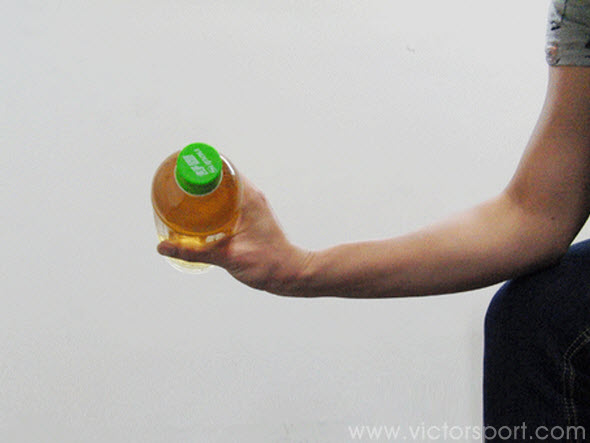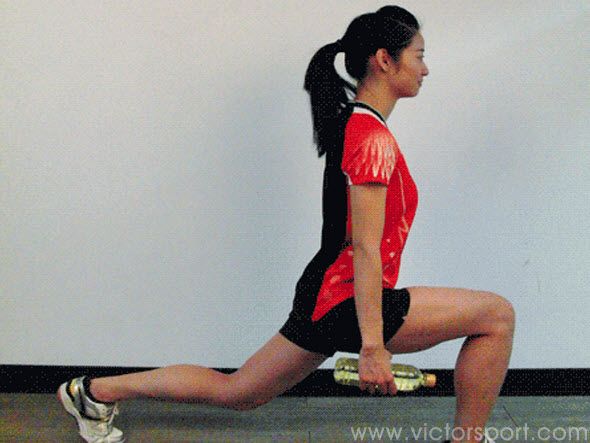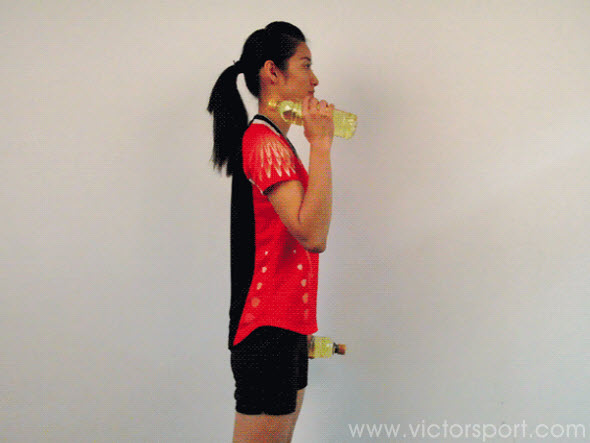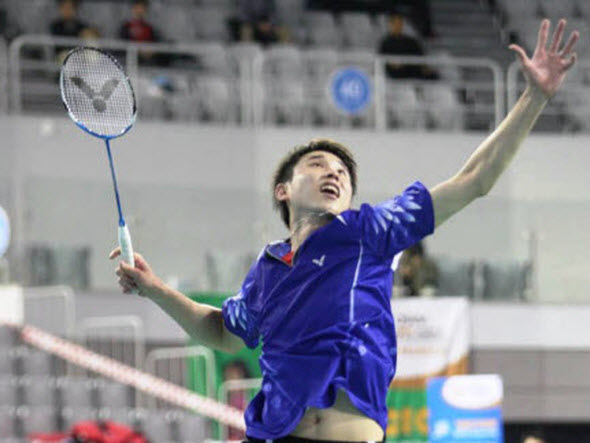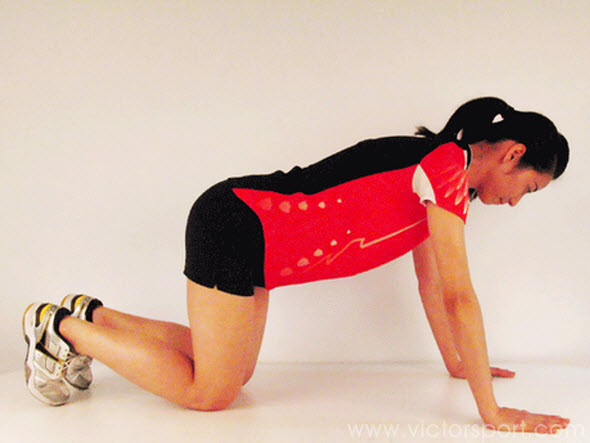Play Better Badminton Training 2:Lower Limb Strength

Increasing muscle strength not only improves physical ability, it also increases a player’s ability to move around the court quickly and deliver powerful smashes.
We know that badminton is a “whole body” sport, requiring upper body strength to allow the shuttlecock to be hit powerfully and also requires good lower body muscle strength so we can move around the court quickly using the 6-point footwork.
We all know that the 6-point footwork is one of the basic steps when learning to play badminton and level of mastery of the footwork will affect how good you play.
If you don’t have good lower body muscle strength you won’t be able to move freely around the court through the whole match.
This article will show you how to do some simple lower body muscle strength training. The weight used can be adjusted to suit the physical level of the individual (dumbbell or water-filled plastic water bottle).
We suggest you gradually increase the intensity of training in terms of weight used, number of movements and sets and frequency of sessions to avoid overload and thus make injury less likely.
The role of the lower body in badminton is mainly allowing you to move quickly into a position where you can hit the shuttlecock.
How to reach this hitting position in the shortest time? Footwork agility and the length of hitting time are closely connected. If you can quickly change direction you can get in hitting position and play your shot as soon as possible.
After you increase lower body muscle strength you will be able to carry out 6-point footwork faster and make your leap smash more powerful.
The smash, the shot that is the fastest and has most attacking power, is an important badminton skill, and, if players have good lower body muscle strength their ability to leap instantly will be increased.
When we move around the court quickly the main muscles we use are: the quadriceps, hamstring muscle, Gluteus maximus and calf muscles.
Today, we will introduce a few lower body exercises to increase muscle strength. When doing the exercises correct breathing is important.
Exhale when exerting and breathe in when relaxed. Rest between sets. Adjust the weight and the number of movements/sets according to personal physical ability. (For points for attention see “Simple badminton training: Play better (1) Upper body muscle strength”)
1. Quadriceps
.gif)
KEY POINTS
- Stand with the feet at pelvis width, take a step forward with the right foot, keep chest out and look straight ahead.
- The right knee should not be further forward than the tips of toes and the left knee should not touch the floor.
- Slowly bend the right knee and move down into a bow and arrow step posture.
2. Hamstring muscle
.gif)
KEY POINTS
- With the feet at pelvis width, keep chest out and look straight ahead.
- The left foot takes a lateral step with the upper body straight, crouch down on left leg with the left knee no further forward than the tips of the toes.
- Crouch down on left leg, with thigh parallel to the floor and the feet flat on the floor.
3. Gluteus maximus
.gif)
KEY POINTS
- Stand with feet at pelvis width, look forward and keep back straight.
- When lifting up the dumbbell keep the knees bent but not locked.
- This movement lets the bottom and shoulders move together to avoid injury.
4.Calf muscles
.gif)
KEY POINTS
- Tand with the front of both feet on a block (or step) and back of feet suspended.
- Look forward, stretch the ankle joint to maximum extent and then return to starting position.
- When doing the movement keep the abdomen tucked in (stabilize the body) and stretch the ankle joint. (don’t lock)
Simple muscle strength training can improve badminton performance and reduce muscle aches. The weights used can be adjusted to suit the needs of the individual.
Training should not be carried out when muscles are tired so it is suggested that if you play three times a week you can carry out simple upper and lower body muscle strength training on two of the days when you don’t play to avoid pulls or sprains due to muscle fatigue.
Badminton lovers, lets plan our muscle strength training schedule together!
( Edit by VICTOR Badminton )








